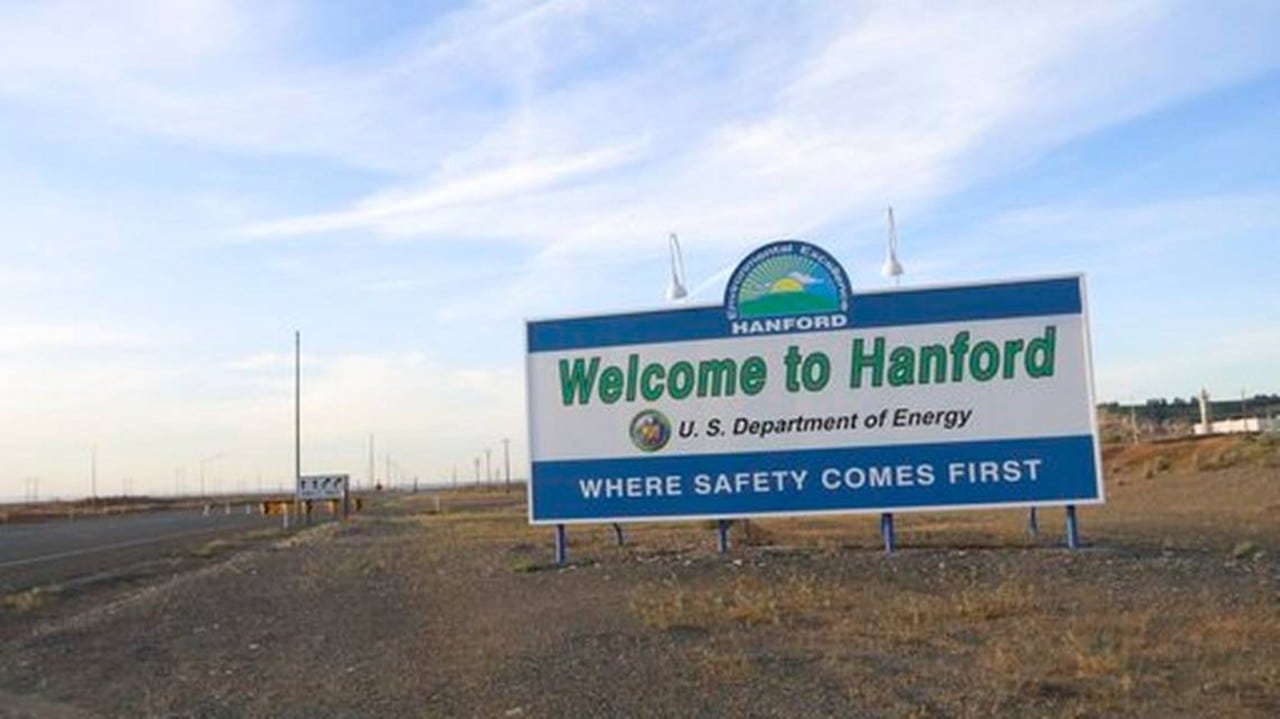
The Hanford Site in Washington may not be able to make its first canister of glass from low-level radioactive tank waste until 2024, a year later than the Department of Energy hoped, an agency official said Thursday at a public meeting in New Orleans.
“We originally had hoped to have hot commission by December” of 2023, for the Direct Feed Low Activity Waste facility at the Waste Immobilization and Treatment Plant, Steve Trischman, head of budget and planning for DOE’s Office of Environmental Management, told members of DOE’s Environmental Management Advisory Board during a webcast meeting. “It looks like that may move a little bit into [20]24.”
Trischman’s remark is one of the first public acknowledgements by an Environmental Management official that DOE might not meet its 2023 target, though there was a sign that such a slip might be possible.
DOE and plant builder Bechtel National already have legal authority to go well beyond Dec. 31, 2023 thanks to a revised consent decree approved in December 2020 by U.S. District Judge Rosanna Peterson of the Eastern District of Washington. That COVID-19 related force majeure amendment of the consent decree added 579 days to the previous dates for certain milestones, conceivably pushing hot commissioning back until August 2025.
Also, in a report released in June, the Government Accountability Office found a high likelihood DOE will encounter some problem, such as finding replacement parts, which could delay low-activity waste operations by months.
Meanwhile, in his presentation Thursday, Trischman cited speculation in Washington, D.C., that the current continuing resolution on the fiscal 2023 budget, set to expire Dec. 16, could be extended by one week to give this congress until the Christmas break to hammer out a longer-term remedy.
Spending is currently at fiscal 2022 levels, which is about the same as the Joe Biden administration’s amended budget request for fiscal 2023, Trischman said. Fiscal 2023 started Oct. 1.